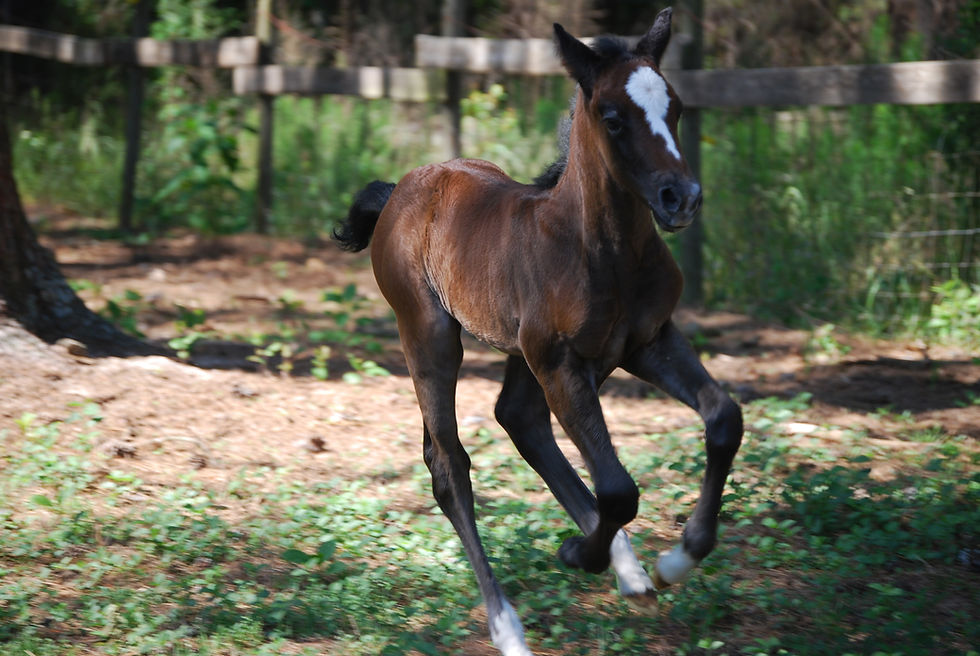From the Desk of Dr. Williams: Dental Exams
- Dr. Paige Williams
- Nov 1, 2017
- 3 min read
Dentals are a big production, but what exactly is happening during a dental exam and why are they important? I know you see us grab all of our instruments (and the ever essential purple bucket in my case) and cart them to the stall, where a lot of noise takes place and then they are over. What happened?
The first thing I like to do before any dental is a physical exam. That helps me ensure that the horse's heart and lungs sound normal prior to sedation, plus it helps me get to know the horse for a few minutes. I may even sneak a belly scratch or two in as well! Horses that are relaxed are generally easier to sedate and that makes the dental go smoother.
After I give the horse some sedation so that he or she does not hear the scary sound of the dental drill (or my humming, which I've been known to do), I like to get them positioned in a way that helps them balance. It's hard to stand perfectly balanced when you're a little groggy! I'll rinse their mouths out and place the speculum, then they have their head propped on the headstand. I like to take a good look in their mouth before I start floating, so I know what I need to do next. Adequate sedation and placing the speculum allow me to see every tooth, so I can't skimp on either! The way horses chew, they will develop sharp points on the outside of the upper teeth and the inside of the lower teeth. If not periodically floated (smoothed), they will develop ulcers where the points have cut their gums or tongue. Ow!

The PowerFloat looks a little intimidating, but it really is wonderful. The drill bit will only cut the tooth and won't damage the gums, plus it saves my rotator cuffs a bit. I'll smooth out all the sharp points and help align any abnormalities in their arcades. That helps them efficiently grind their feed to get the maximum amount of nutrition and so they won't drop feed (feed isn't cheap!). Routine dentals are beneficial in that it keeps those sharp points smooth, helps them chew their food properly, and catches any problems that may occur (loose or fractured teeth primarily).

The horse pictured below had been having trouble while being ridden. She would toss her head and play with the bit constantly. The owner thought she may need her teeth done as she hadn't owned the horse for very long. When I got the speculum placed, I noticed something under her tongue. She had cut a section of her gum that went down to the bone and she was packing feed around it. We have no idea what happened! I think she was playing with something and got it caught. The flap was surgically removed and she was put on antibiotics. Since she was treated, she's been doing great! In this case, the dental found something that was thought to be behavioral, and the problem was fixed. It probably felt really weird to have something wiggling under her tongue!

Check out our Dentistry page for more information on equine dentistry or read more about oral health for your horse on our Articles page.






Comments